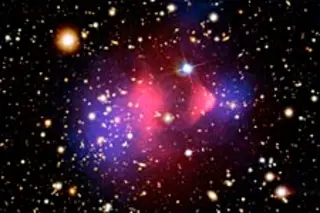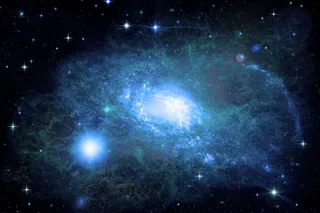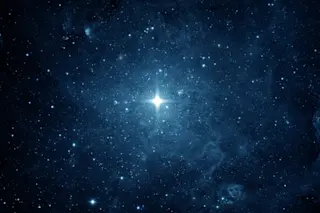Most of our universe is hidden in plain sight. Though we can’t see or touch it, most astronomers say the majority of the cosmos consists of dark matter and dark energy. But what is this mysterious, invisible stuff that surrounds us? And what’s the difference between ? In short, dark matter slows down the expansion of the universe, while dark energy speeds it up.
Dark matter works like an attractive force — a kind of cosmic cement that holds our universe together. This is because dark matter does interact with gravity, but it doesn’t reflect, absorb or emit light. Meanwhile, dark energy is a repulsive force — a sort of anti-gravity — that drives the universe’s ever-accelerating expansion.
Dark energy is the far more dominant force of the two, accounting for roughly 68 percent of the universe’s total mass and energy. Dark matter makes up 27 percent. And the rest ...














